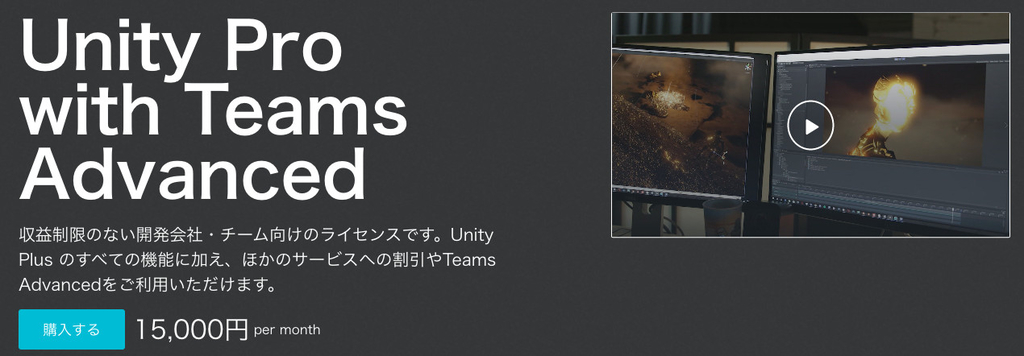
PIDs can be used to control forces or drag or really anything you want. They are useful when there is a delay in the process and a setpoint needs to be maintained.A PID implementation for Unity. PIDs can be used to control forces or drag or really anything you want if you translate the control value into something that works for the application. They are useful when there is a delay in the process or a control setpoint that needs to be maintained.The application of a PID may not be readily visible which is why there is a demo included that focuses on being entirely visible though unlikely to be actually used. This makes it possible to watch what each configured value does. For instance, proportianal is like step size, integral will accumulate error over time and derivative will kick the output in advance, predictively. There is an explanation of each setting in the documentation as well as tooltips and summaries inside.Easy to use, I recommend a -1 to 1 output range or similar used as a multiplier as part of an algorithm for control, or can be used for direct control as seen in the example.







